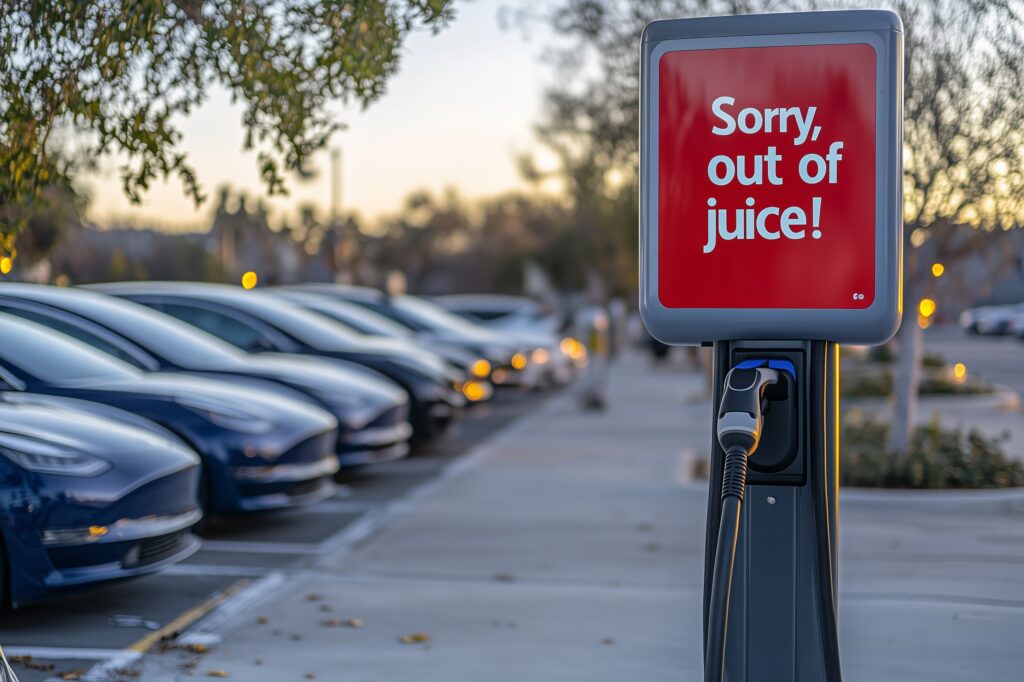Farm subsidies go to the top
With the farm bill up for reauthorization in 2018, policymakers soon will have a chance to reassess farm subsidies and target the rampant waste and cronyism in our farm-support system.
The Environmental Working Group recently published the most recent update to its Farm Subsidy Database, which serves as a useful guide to illustrate who is and who is not benefiting from the current system. It confirms the trend seen over decades of aggregated data on farming subsidies: The most successful agribusinesses receiving the largest portion of federal farm subsidies.
The Environmental Working Group estimates that, between 1995 and 2016, farms that ranked among the top 10 percent of income received about 77 percent of “covered commodity” subsidies, or subsidies that cover corn and soybeans. To put that into perspective, these large-scale farms have an average household income of $1.1 million. …
The current system represents outright cronyism. Congress has neglected proposals for pragmatic reform, with the ultimate effect of disadvantaging smaller and beginning farmers, who must cope with rising land prices and farm consolidation as the mega-farms get richer.








